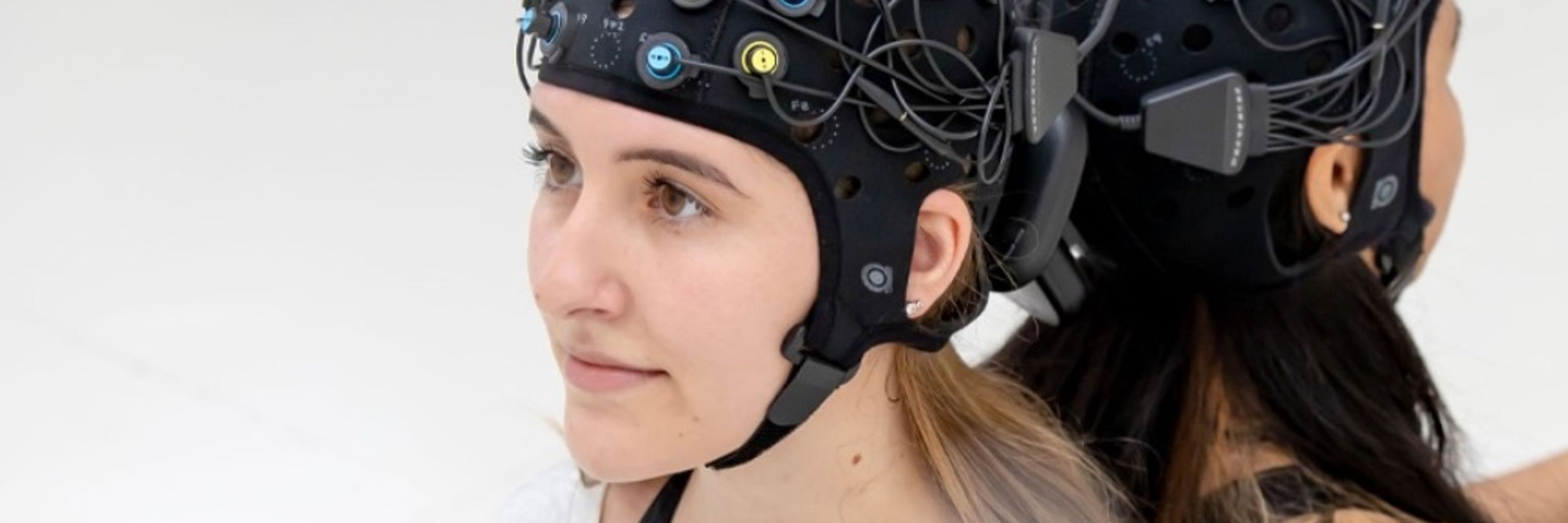
The pioneer of wearable near infrared spectroscopy #nirs #fnirs devices to monitor local oxygenation non-invasively, in both brain🧠 & muscle💪 tissue.


At Artinis, we believe that research shouldn’t be limited by setting. That’s why our (f)NIRS devices are fully customizable to meet the demands of your unique study; whether in the lab, in the field, or even under water.

At Artinis, we believe that research shouldn’t be limited by setting. That’s why our (f)NIRS devices are fully customizable to meet the demands of your unique study; whether in the lab, in the field, or even under water.


🟡 Our devices can be tailored to your study, enabling novel neuroimaging approaches


Read the publication at: www.mdpi.com/2504-4990/7/4/129
#fNIRS #Neuroimaging #BrainResearch #PostCOVID

Read the publication at: www.mdpi.com/2504-4990/7/4/129
#fNIRS #Neuroimaging #BrainResearch #PostCOVID
In their recent study, Chen et al. explored the temporal dynamics of cortical activation during cognitive tasks using a multimodal fNIRS–EEG approach.
In their recent study, Chen et al. explored the temporal dynamics of cortical activation during cognitive tasks using a multimodal fNIRS–EEG approach.
Naik et al. explored this question by combining fNIRS and EEG measurements with machine learning to classify cognitive workload levels in surgeons.

Naik et al. explored this question by combining fNIRS and EEG measurements with machine learning to classify cognitive workload levels in surgeons.
Key findings:
🟡 8 sessions of anodal tDCS over the primary motor cortex improved postural response to perturbations

Key findings:
🟡 8 sessions of anodal tDCS over the primary motor cortex improved postural response to perturbations
Panico et al. combined fNIRS and transcranial direct current stimulation (tDCS) to explore how the cerebello-prefrontal network contributes to recognizing emotional prosody (the melody behind our emotions).

Panico et al. combined fNIRS and transcranial direct current stimulation (tDCS) to explore how the cerebello-prefrontal network contributes to recognizing emotional prosody (the melody behind our emotions).

In a recent study, Tahir et al. explored the potential of combining fNIRS withEEG as a diagnostic tool for bipolar disorder.

In a recent study, Tahir et al. explored the potential of combining fNIRS withEEG as a diagnostic tool for bipolar disorder.


Our latest blogpost shows how NIRS makes this possible, offering a complete picture of human performance and physiology.

Our latest blogpost shows how NIRS makes this possible, offering a complete picture of human performance and physiology.

In their recent study, Baur et al.

In their recent study, Baur et al.
Key findings:
🟡 Dynamic BH led to greater prefrontal O₂ imbalance

Key findings:
🟡 Dynamic BH led to greater prefrontal O₂ imbalance





